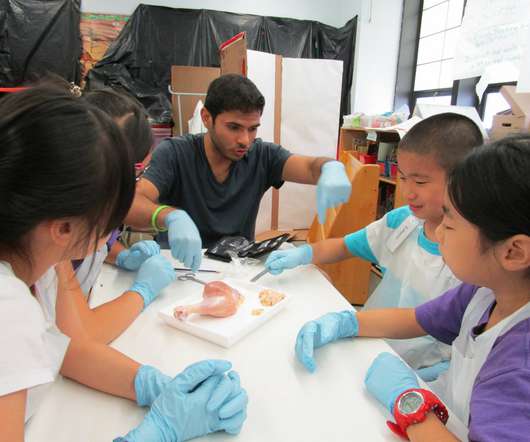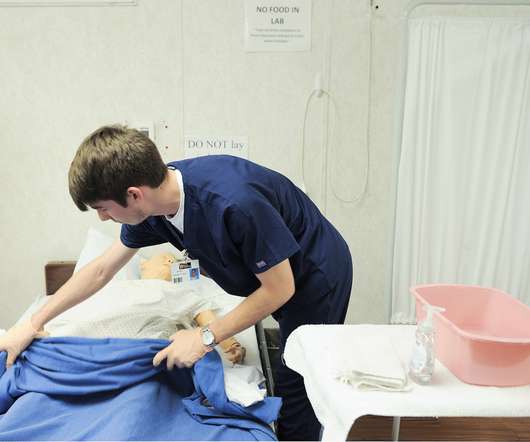Education technology and the future of Higher Ed leadership
Neo LMS
MAY 19, 2020
Learning” now takes on a different meaning, with technology redefining who can learn, who can teach, and how each can do it differently. To quote a study on Evolllution , “60 percent of respondents said technology has fundamentally changed post-secondary teaching and learning. According to The U.S.














Let's personalize your content